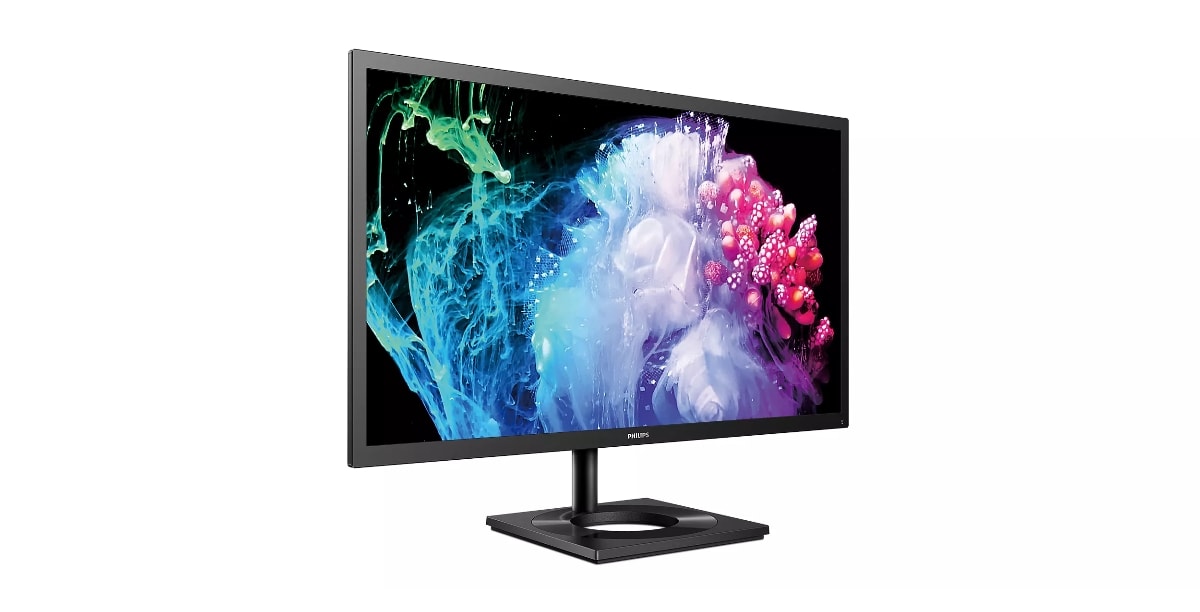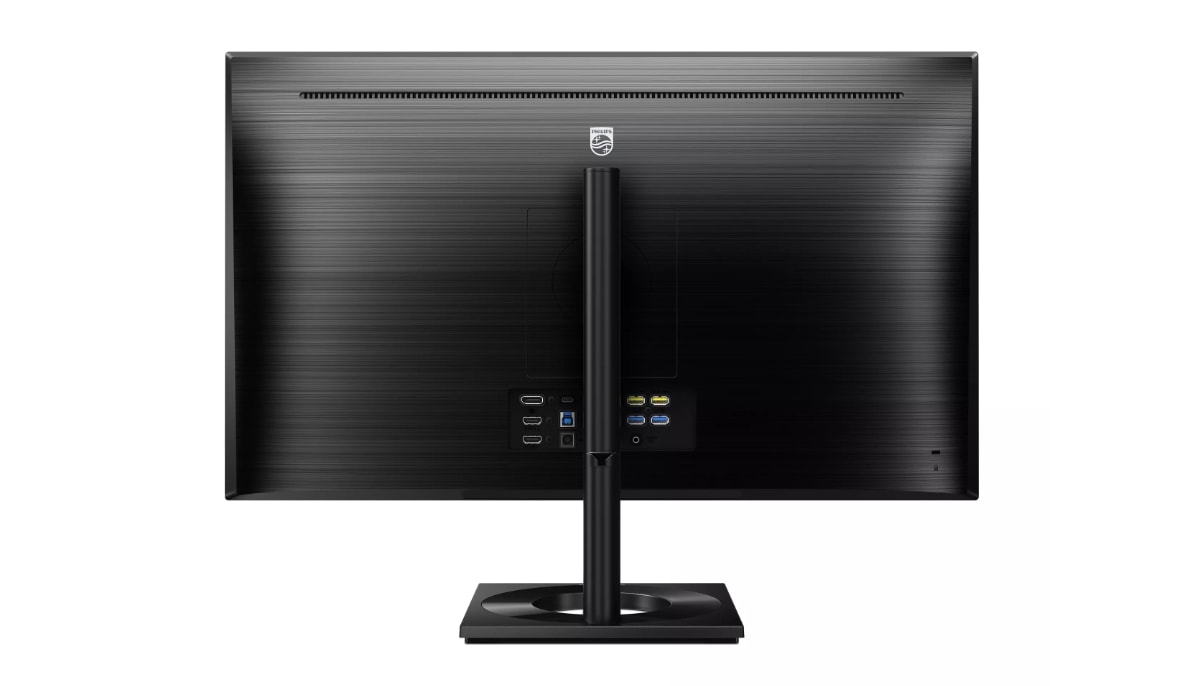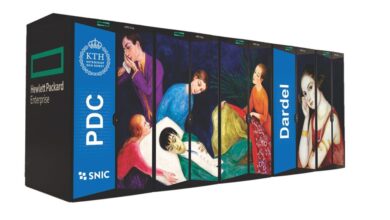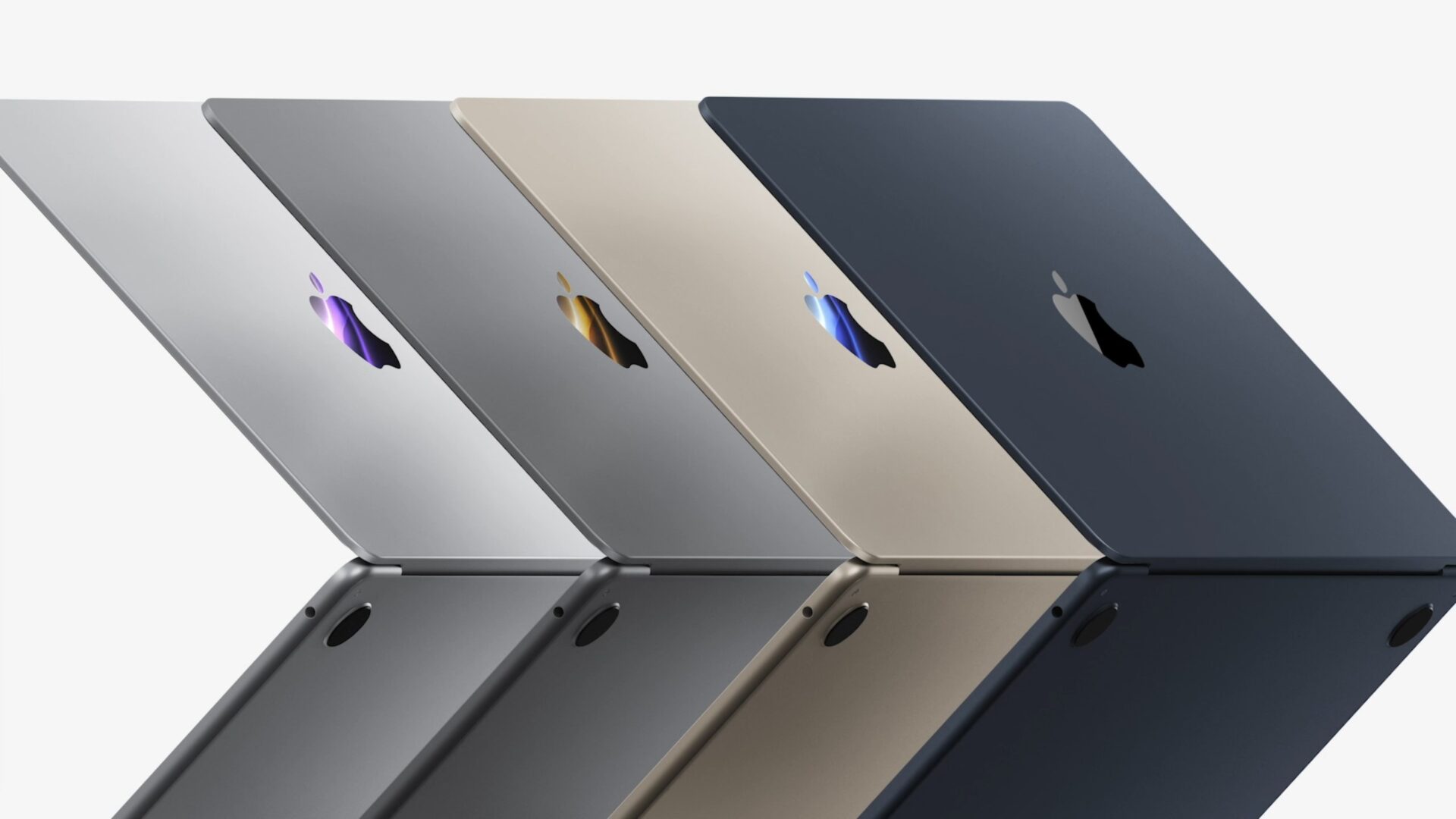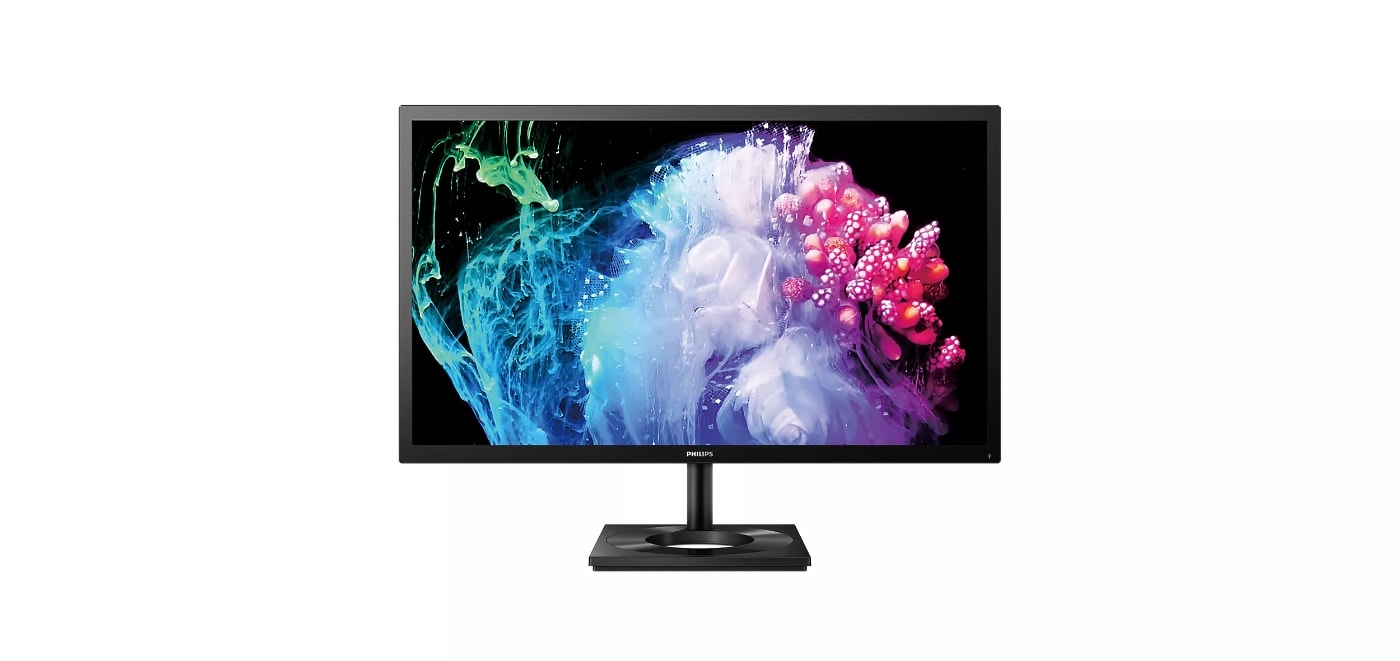
OLED technology has been offering us some of the best televisions on the market for several years. However, it is not a technology that has stood out much in the monitor market. At least for now, because 2022 and 2023 could be two very important years for the “massive” arrival of OLED panels on monitors from different manufacturers. Philips is one of the manufacturers that has jumped into the pool and has presented the Philips 27E1N8900, a 27-inch OLED screen with a 4K UHD resolution of 3,840 x 2,160 pixels.
The Philips 27E1N8900 is aimed at professional users who work with graphics, photos, and videos. The monitor has a series of ideal capacities for the professional market and more specifically for professionals who do color-critical work. Philips hasn’t revealed its panel supplier for this model, but it’s most likely Japan OLED, which also supplies RGB OLED monitor panels to LG Electronics. On the other side of the board we have Samsung Display, which supplies QD-OLED panels to Samsung Electronics and Dell Alienware.
Everything that the Philips 27E1N8900 offers at a technical level
Let’s take a look at everything the new Philips 27E1N8900 has to offer. We are in front of a screen 27 inches with a 4K UHD resolution of 3,840 x 2,160 pixels. The monitor has an advertised G2G response time of 0.1msa relationship of 1,000,000:1 contrasta brightness of 250 cd/m2 (in SDR), viewing angles of 178/178 and a 60Hz refresh ratewhich shows that it is not a monitor designed for demanding gamers.
As we have mentioned, the screen has been developed with professionals in mind, so it offers a wide range of colors with a 99.7% DCI-P3 coverage and a 99.6% AdobeRGB. This corresponds to a relative coverage of ~150% of sRGB. A range of color preset modes is also offered including important modes for sRGB, DCI-P3 and Adobe RGB. It also has a 10 bit color depth.
The Philips 27E1N8900 is compatible with HDR formatbeing able to reach 540 cd/m2 maximum brightness. However, thanks to the OLED panel, the monitor can offer pixel-level dimming, which means no blooming or halos, unlike the best FALD-backlit LCD monitors and even Mini LEDs.
As all pixels can be turned off individually if required, the display can deliver true blacks and a nearly infinite contrast ratio. All of this makes the display well-suited for HDR content creation and consumption. So much so that the Philips 27E1N8900 has been certified under the VESA DisplayHDR True Black 400 scheme (which on the other hand is a different certification than the “normal” HDR 400 certification).
As for the rest of the features, the Philips 27E1N8900 stands out for including a USB type C connector with power delivery. This will allow us to charge our compatible device directly with the monitor. It is also equipped with a multiclient kvm switch, which allows you to control two independent computers with one monitor, keyboard and mouse setup. By means of a button we can quickly change between the sources.
The Philips 27E1N8900 also has a good set of connections. It is equipped with a connector Display Port 1.4, two HDMI 2.0 portsthe much talked about USB Type-C port (with DP Alt mode and 90W power delivery) and a small USB 3.2 hub with 4 ports. It also has an audio output.
In short, this is a very good option from Philips that comes to compete with other monitors with OLED technology, such as the LG 32EP950. The Philips 27E1N8900 It is planned to go on sale in the Asian and North American markets with a price of about 7,000 Chinese yuan (about 1,070 US dollars). Nothing is known about its launch in Europe at the moment, but if we find out anything else we will let you know.
